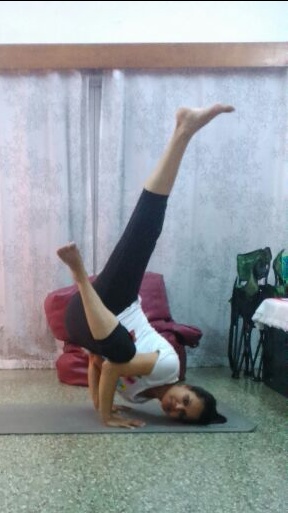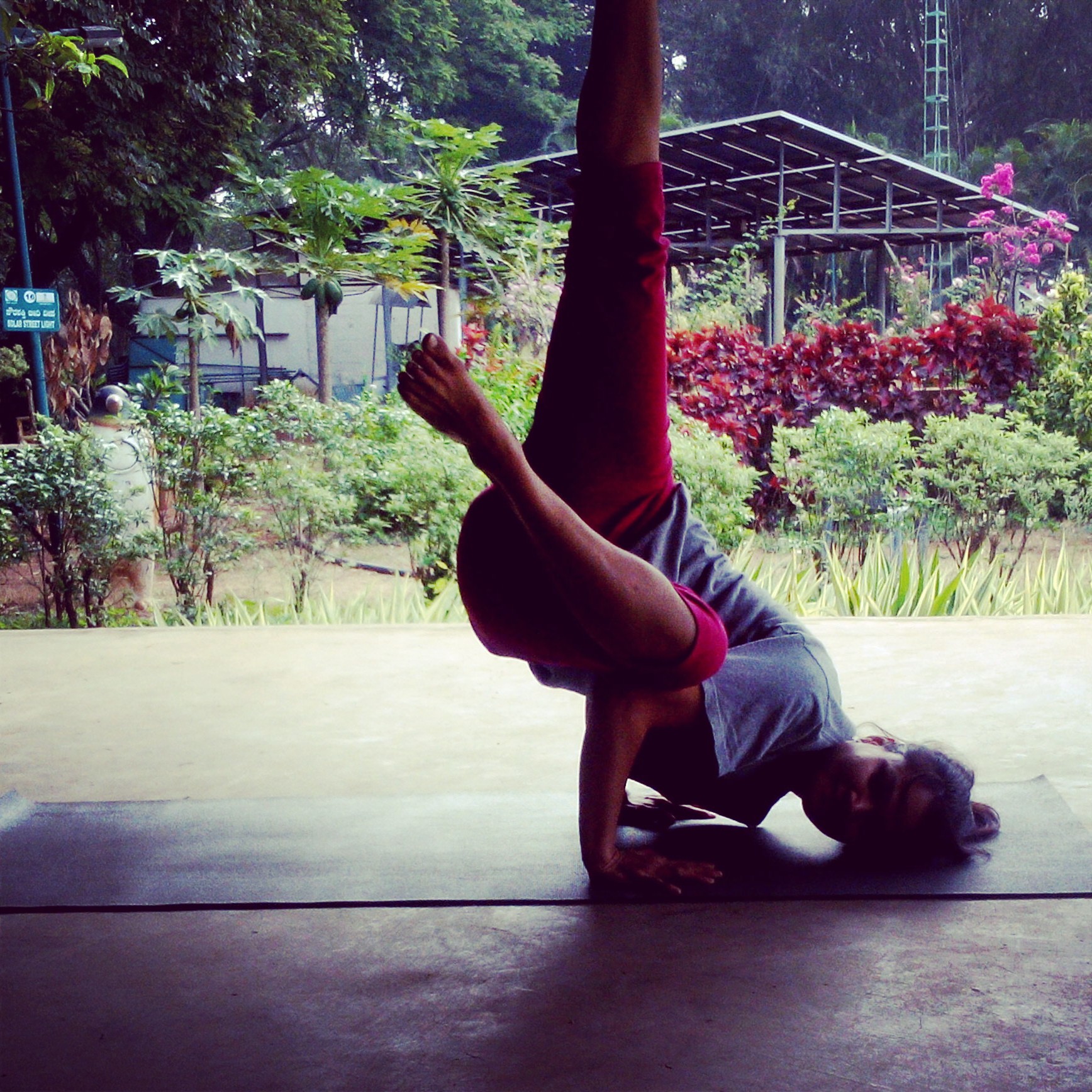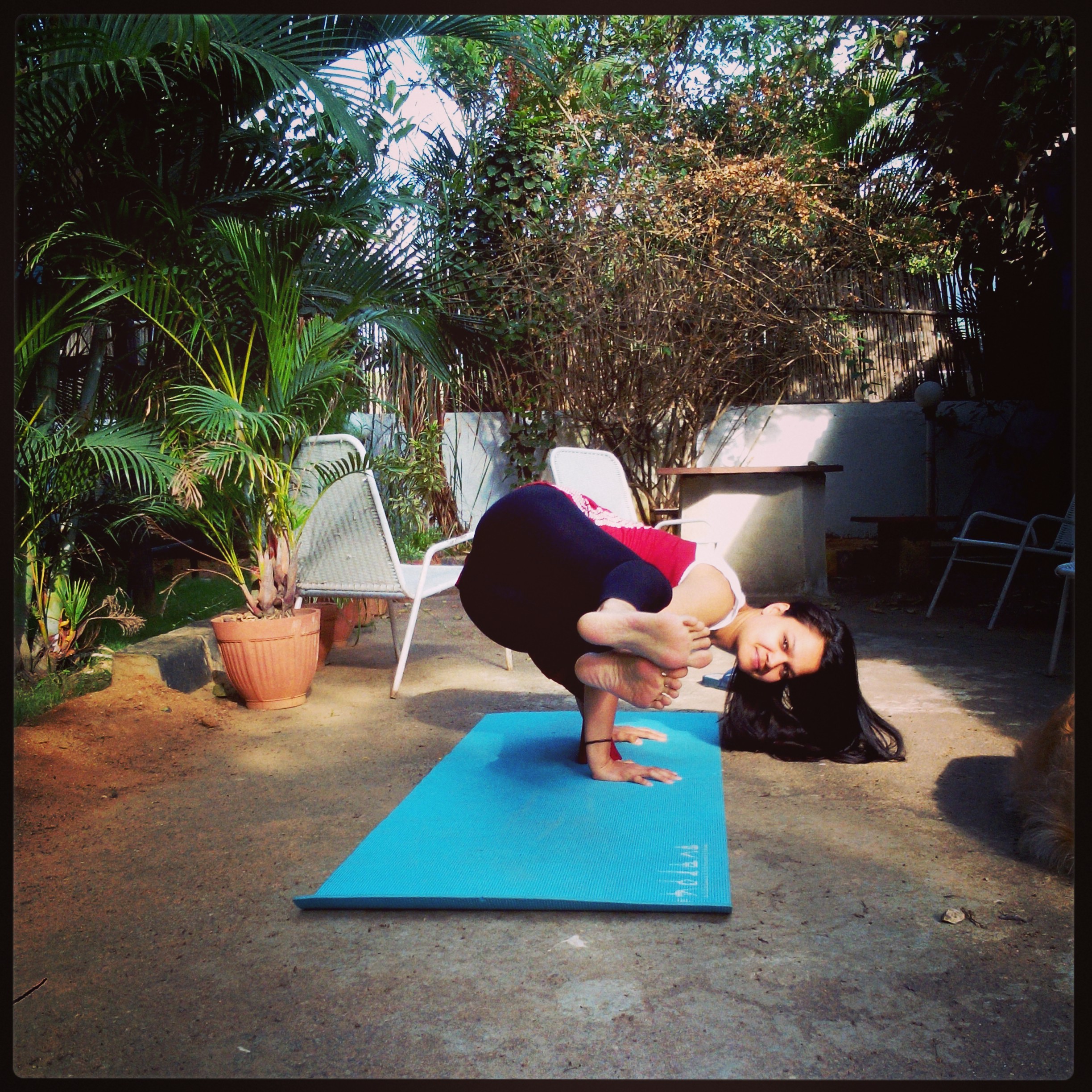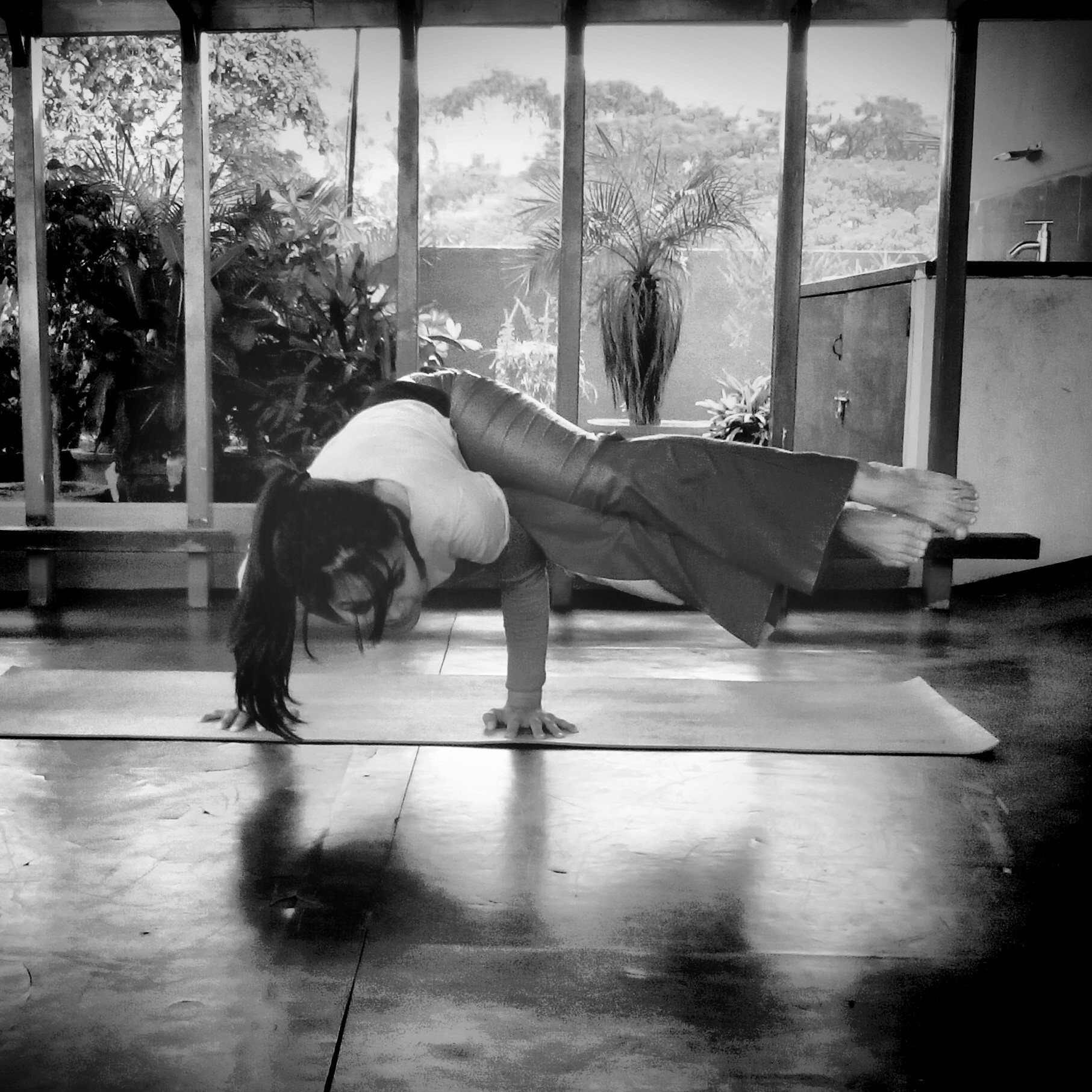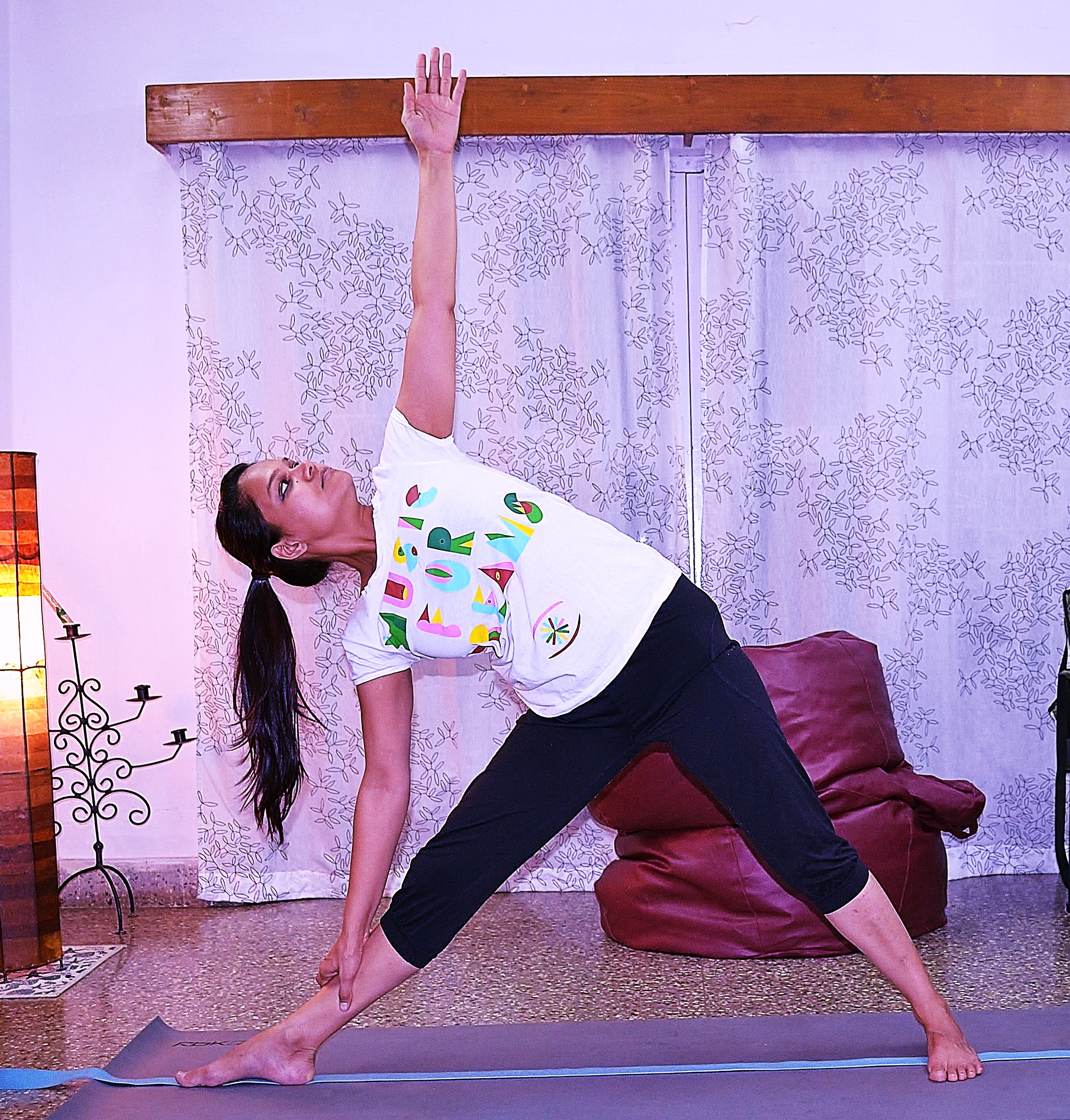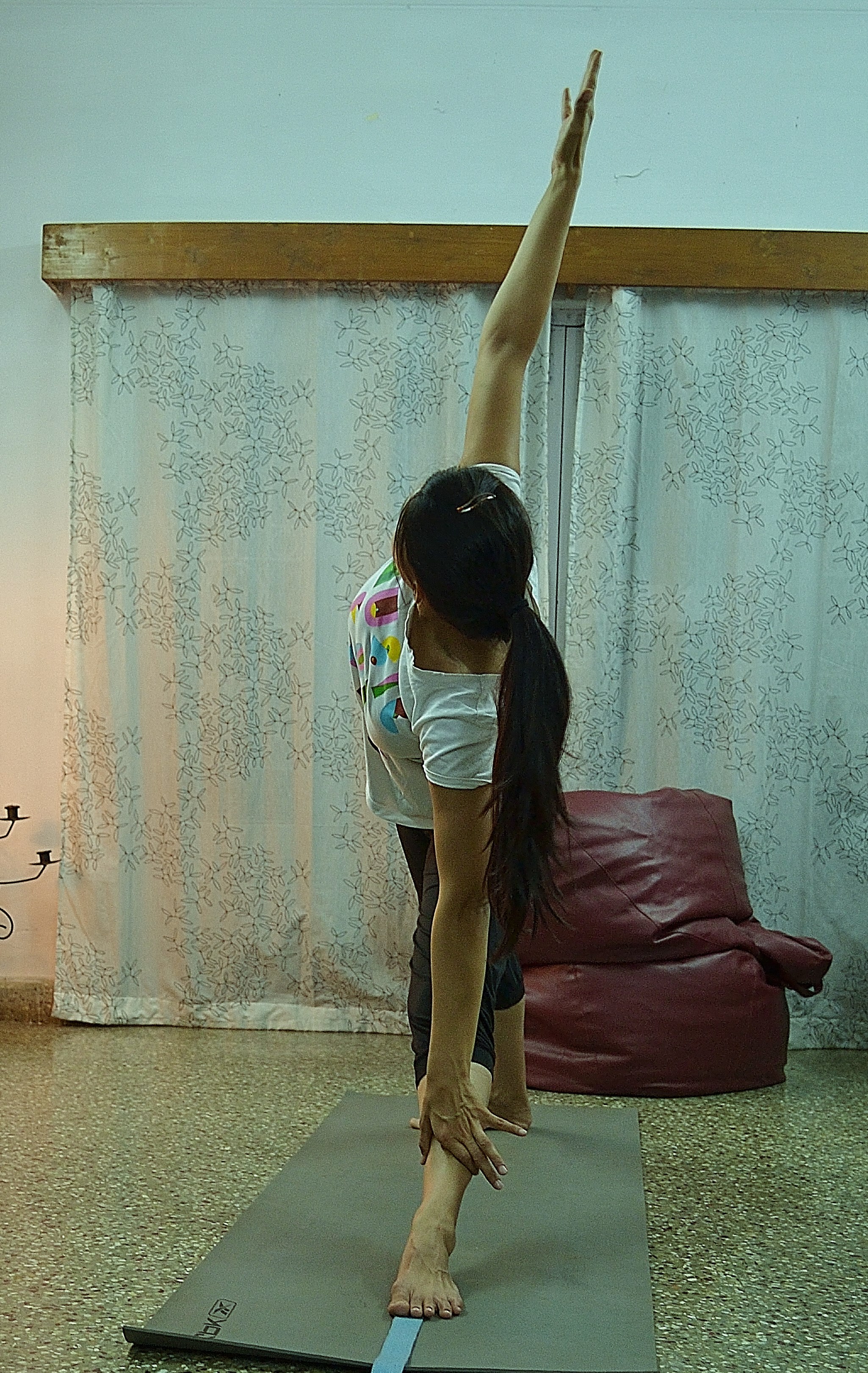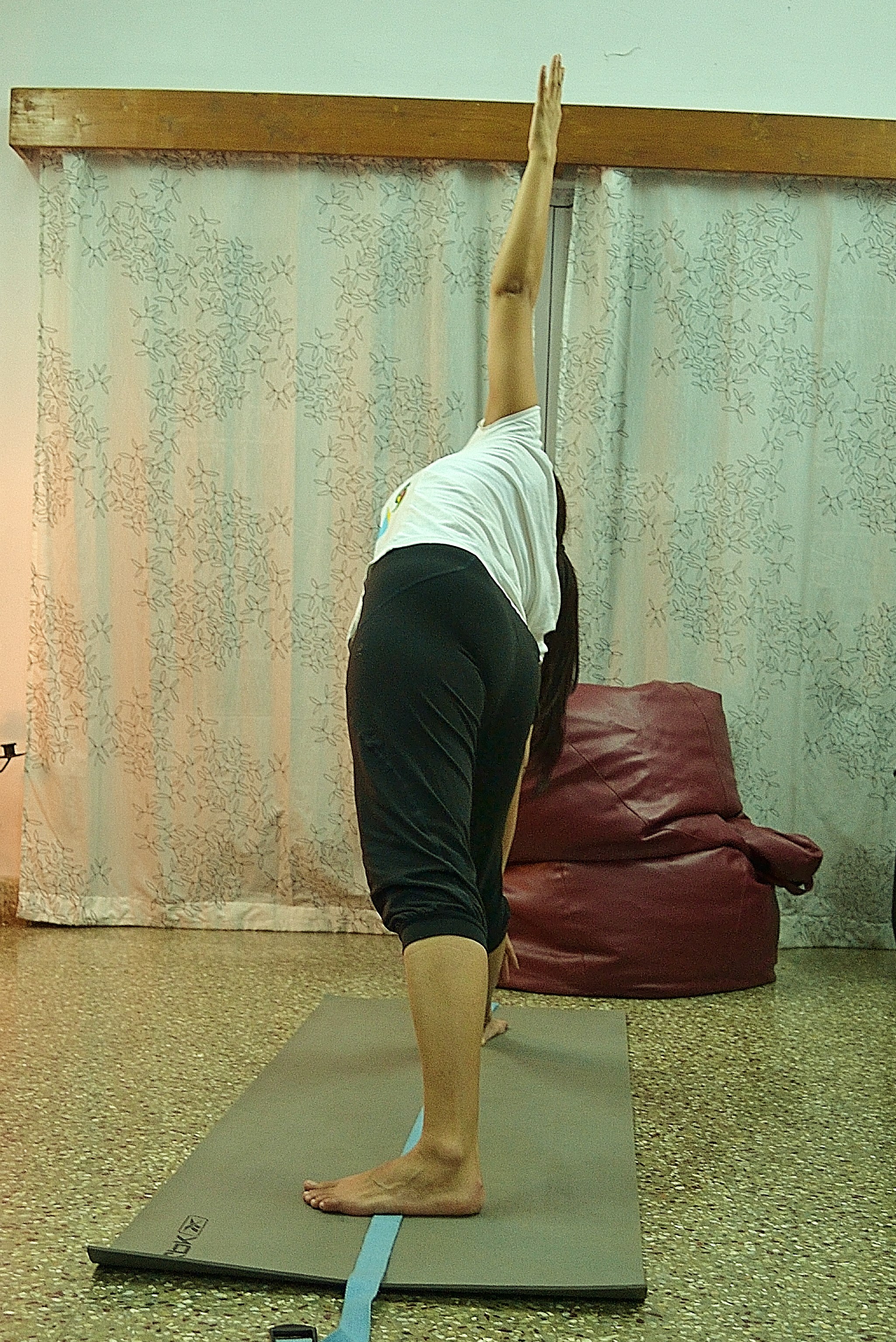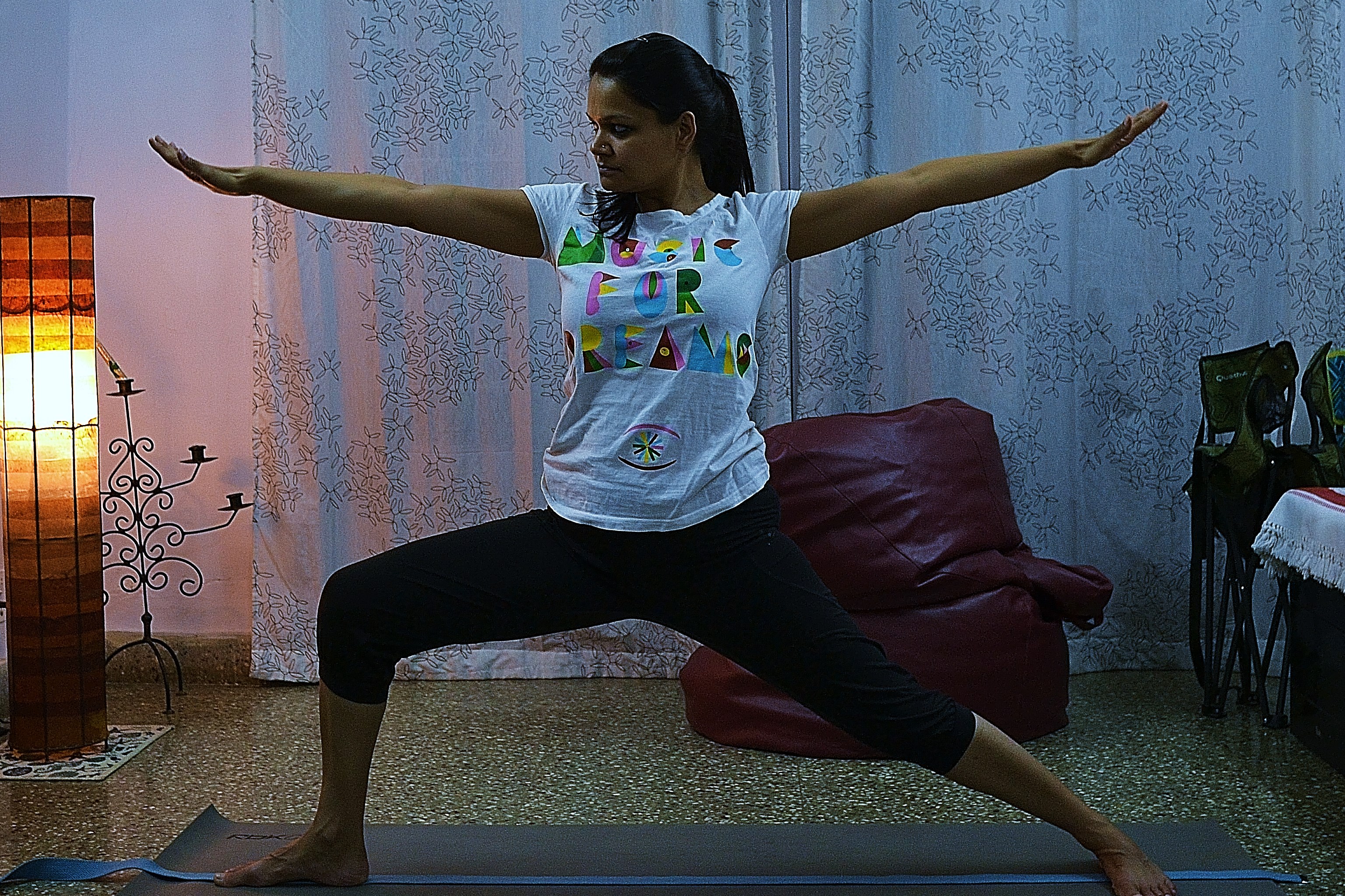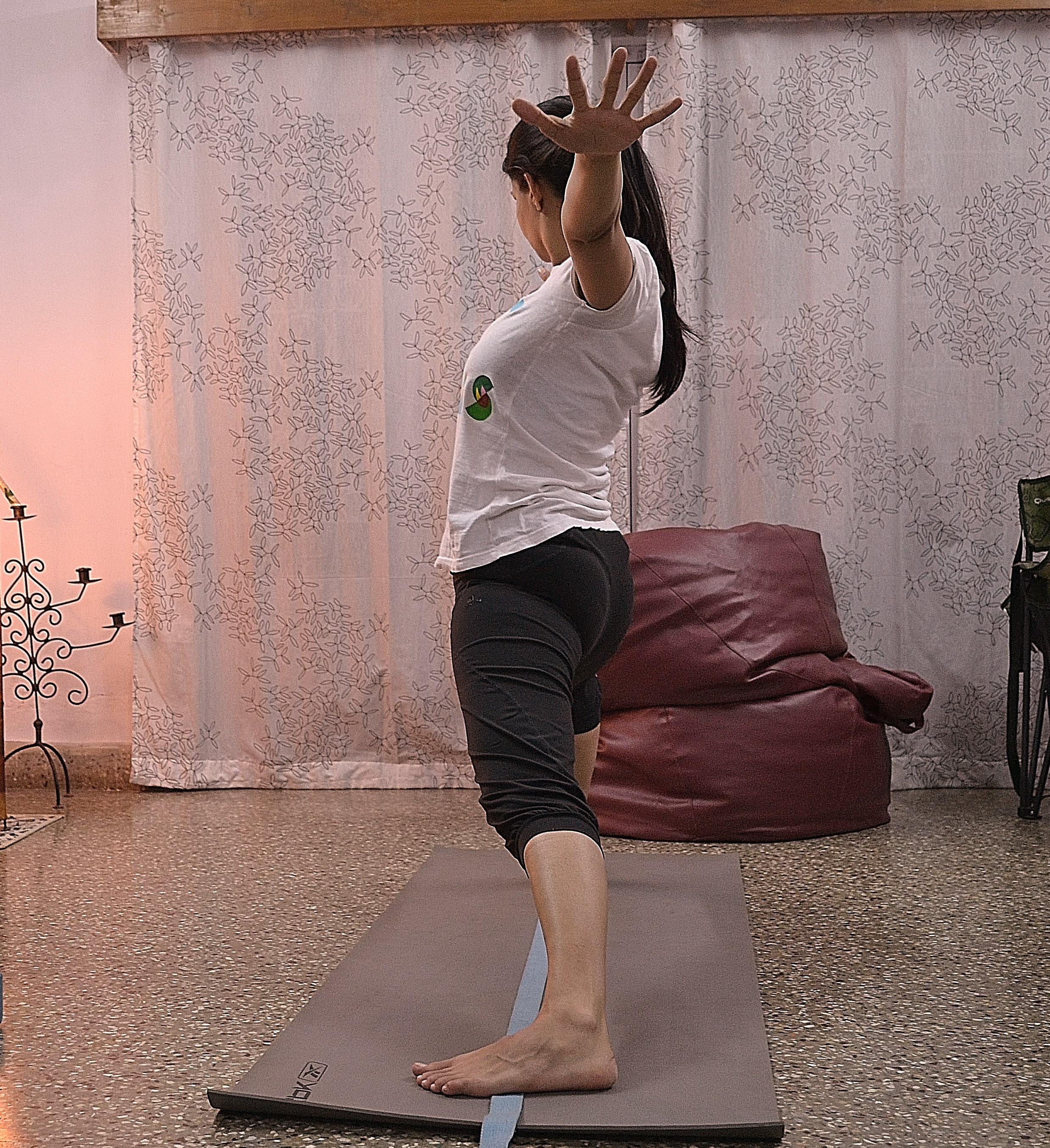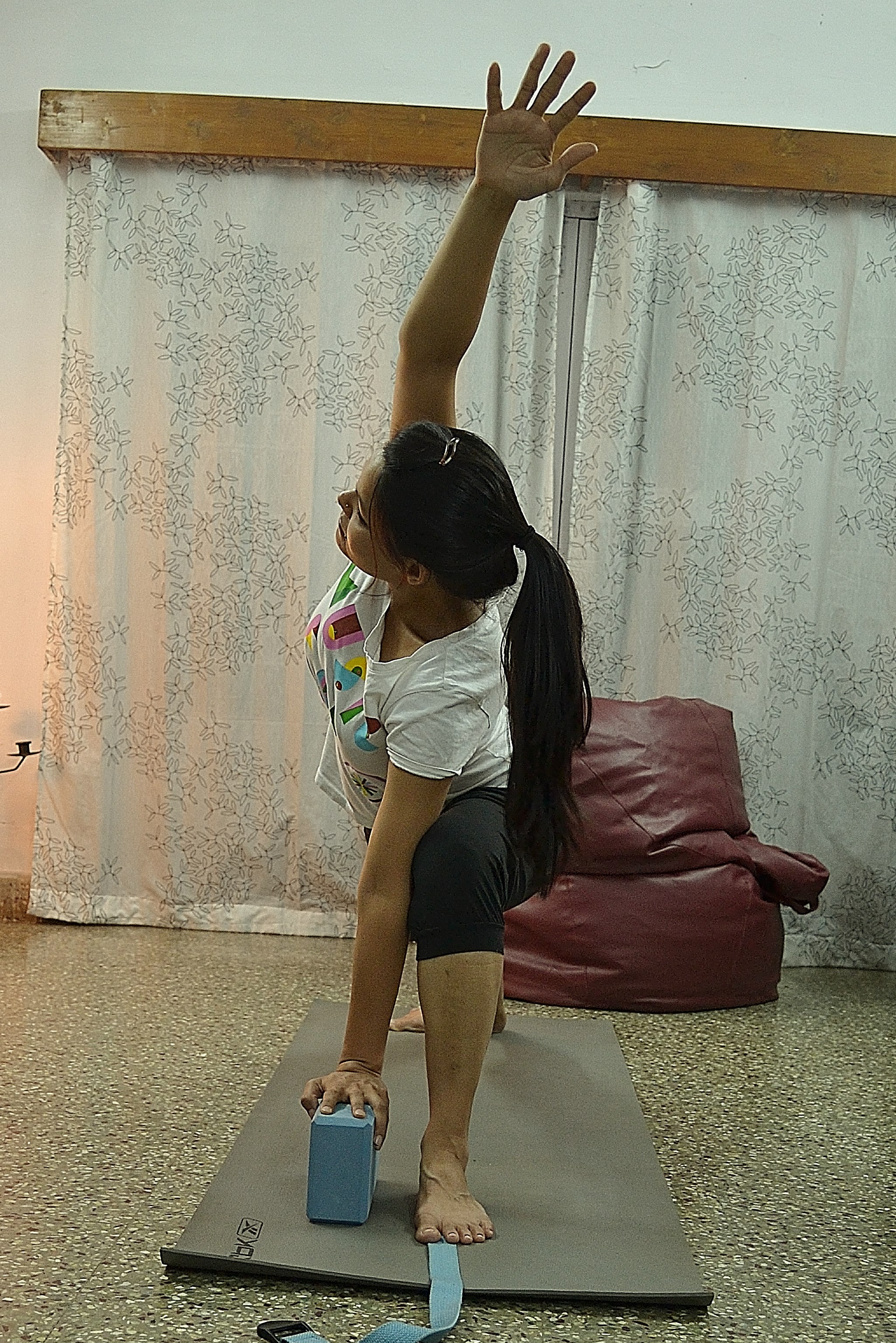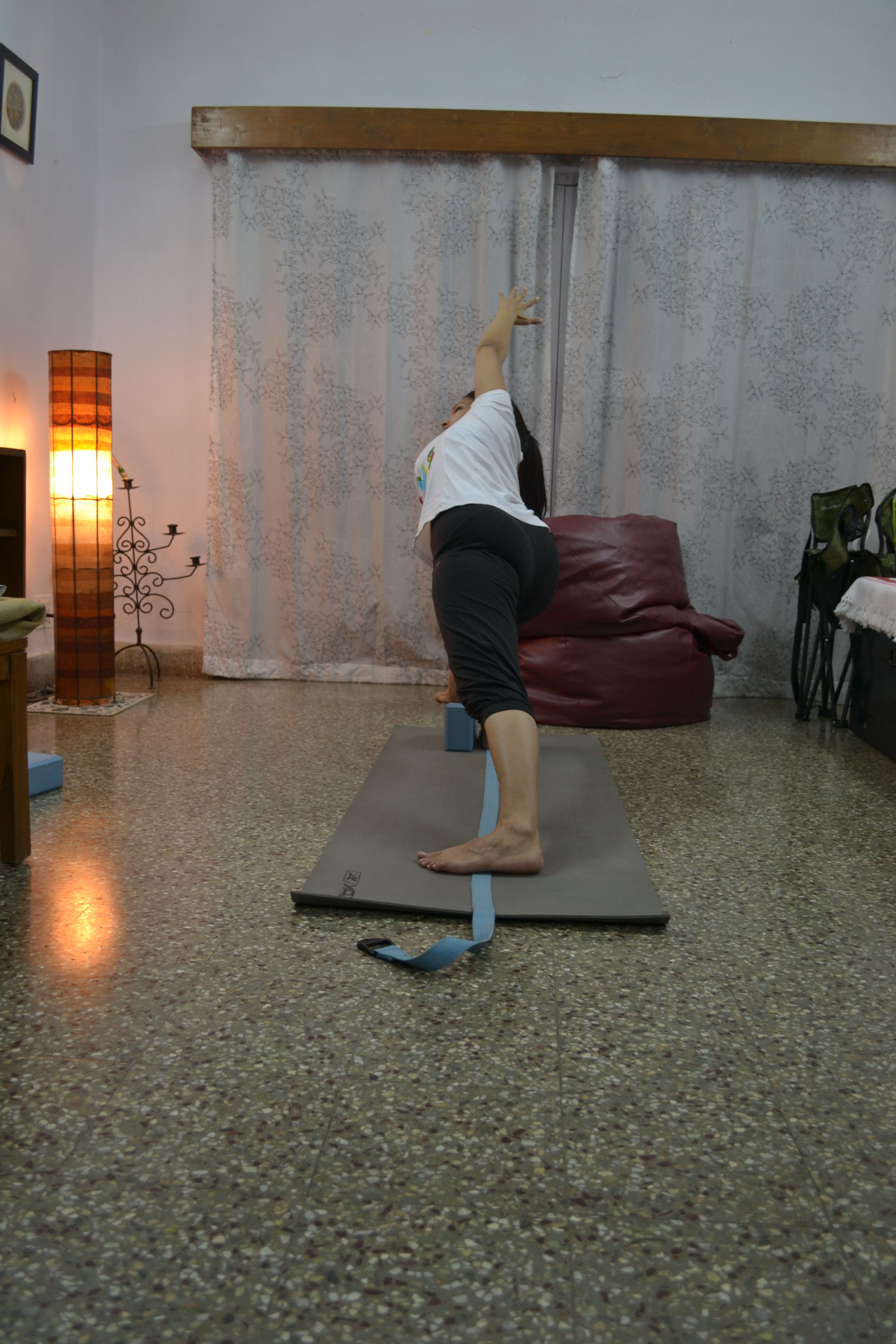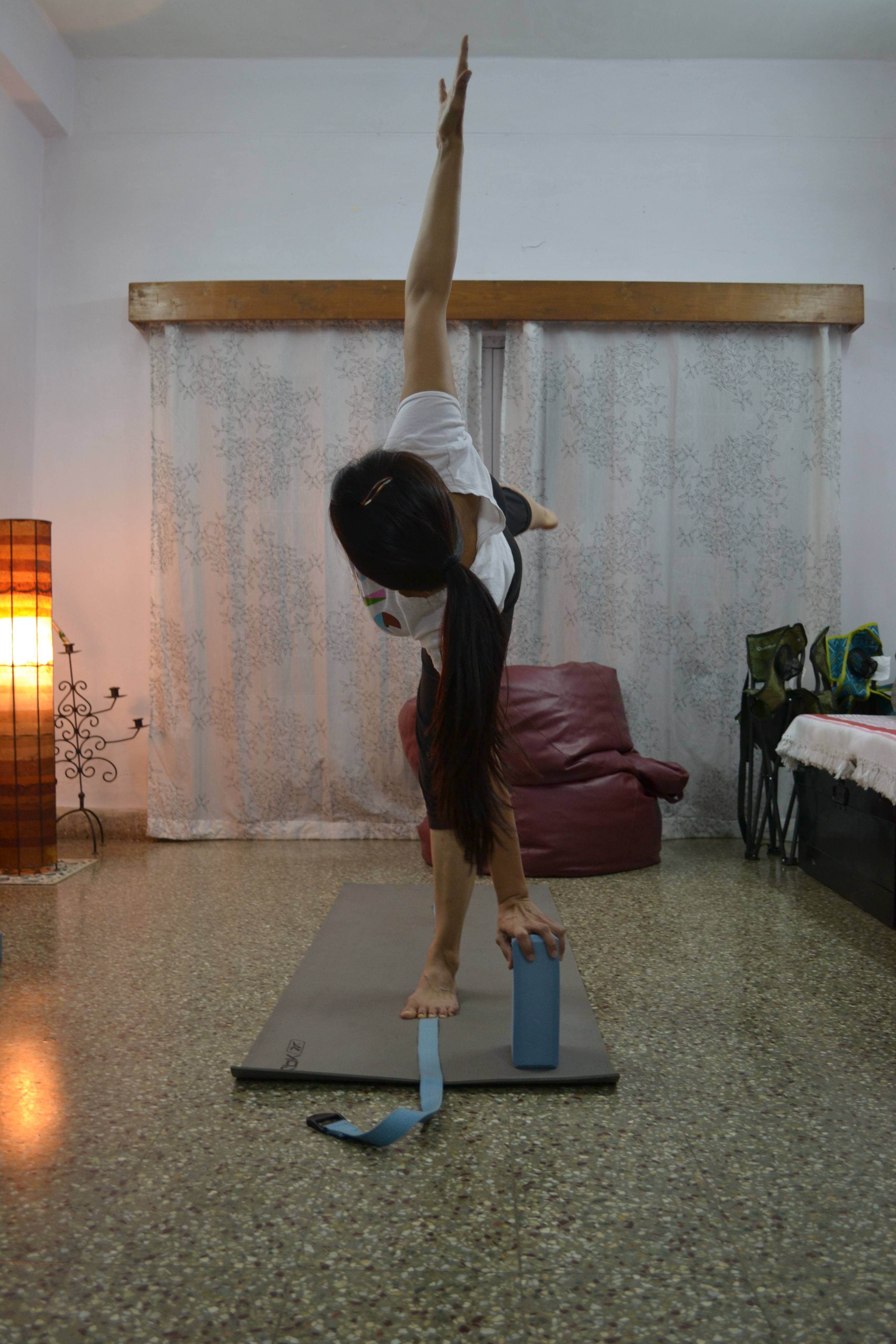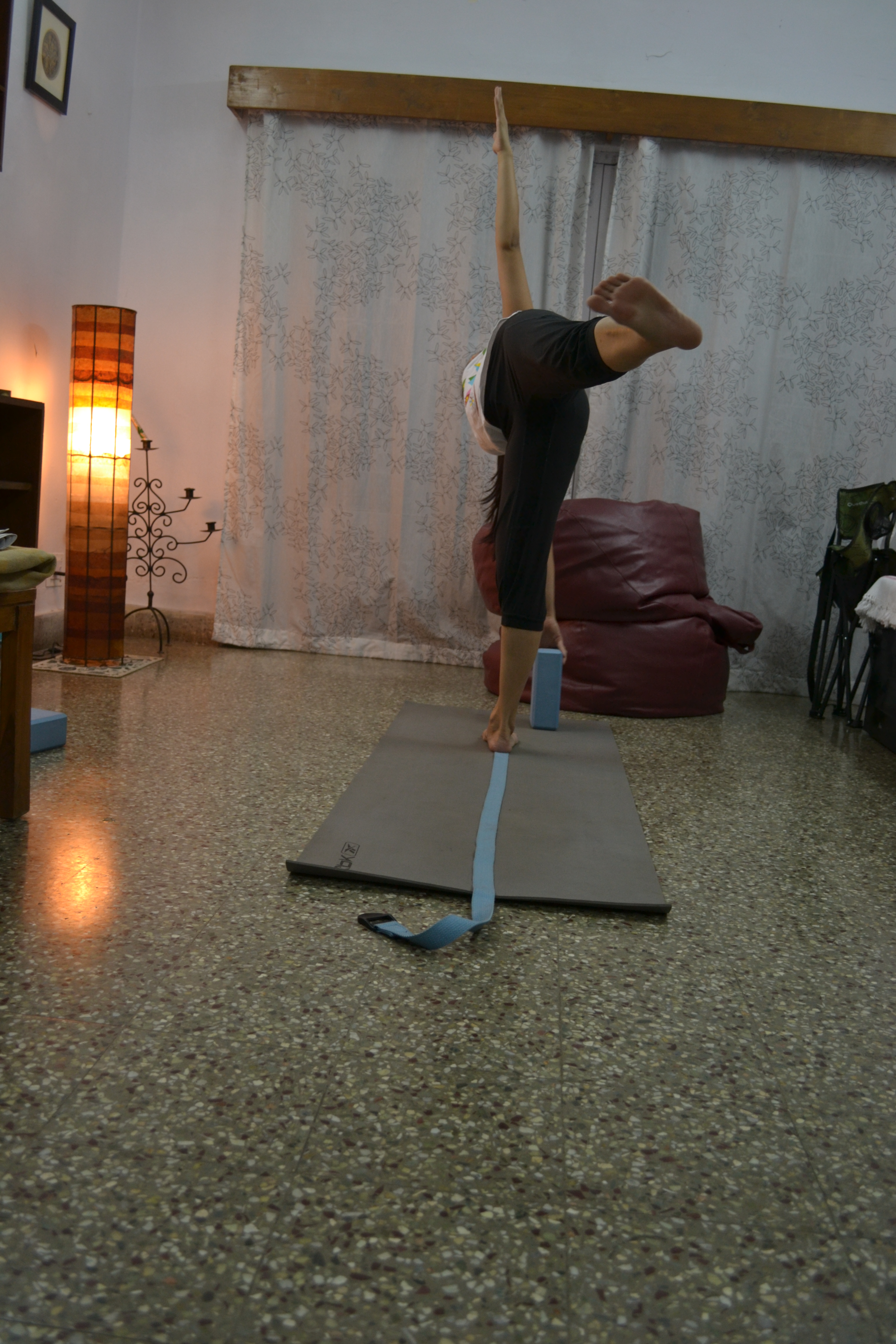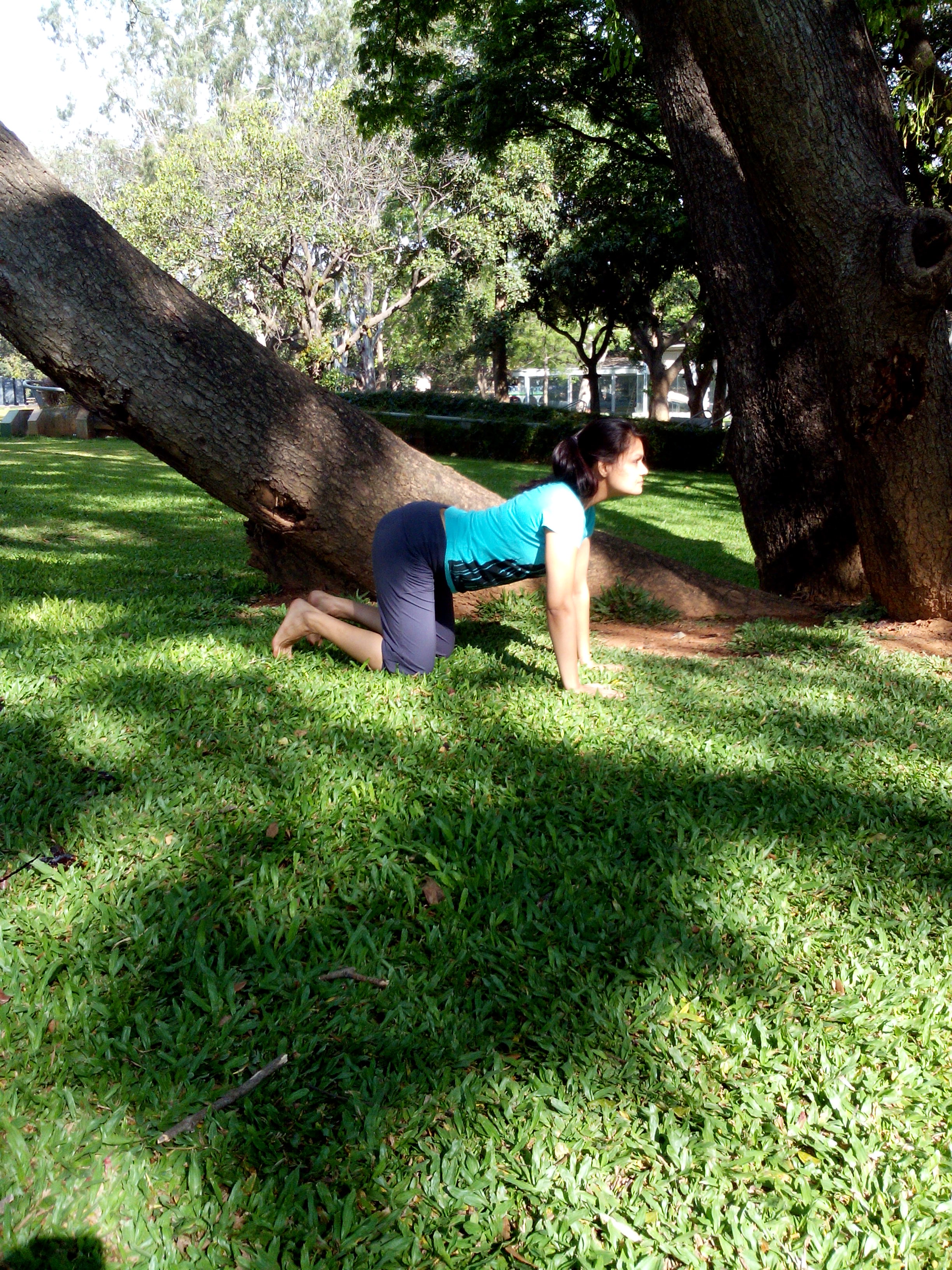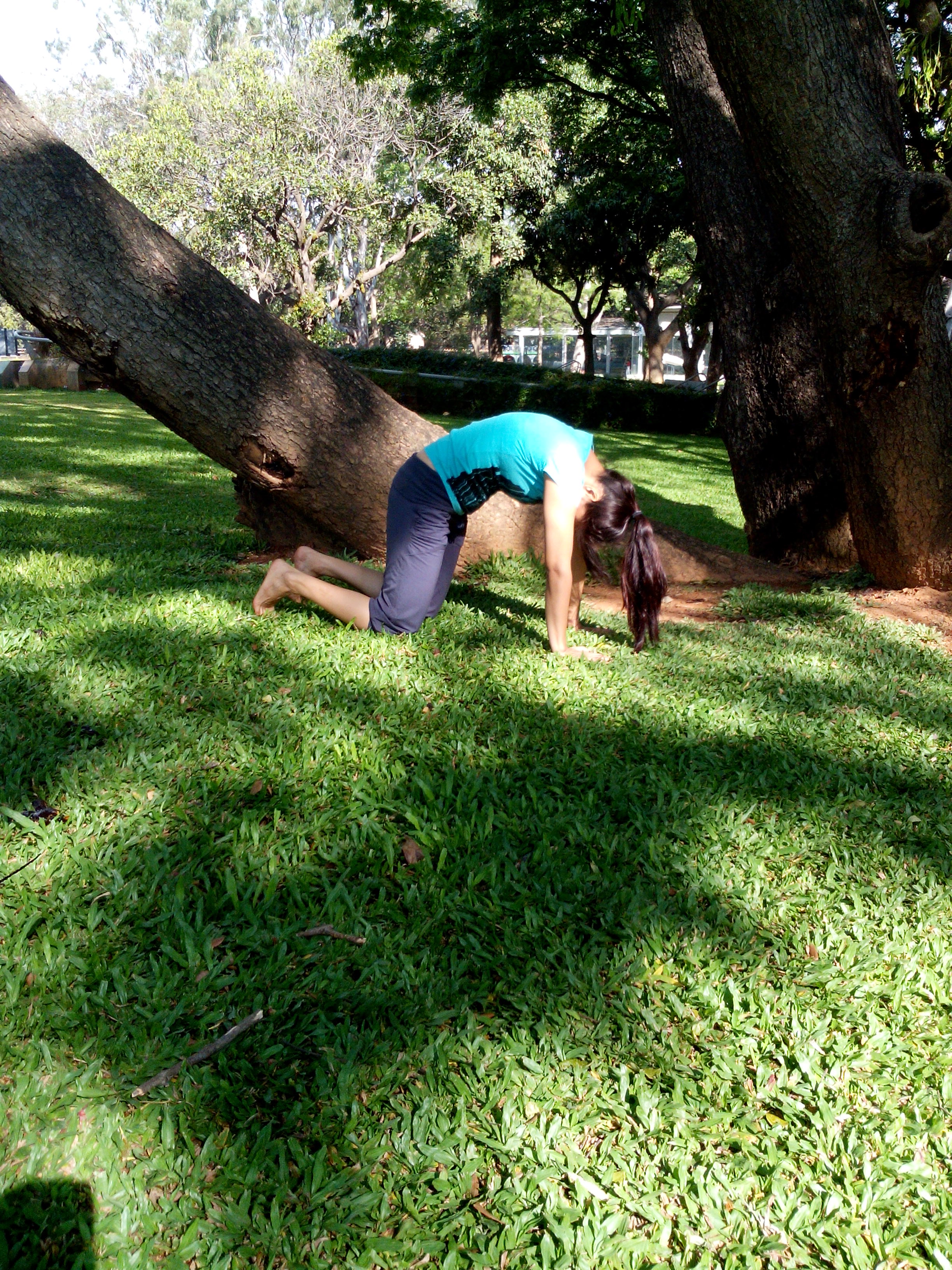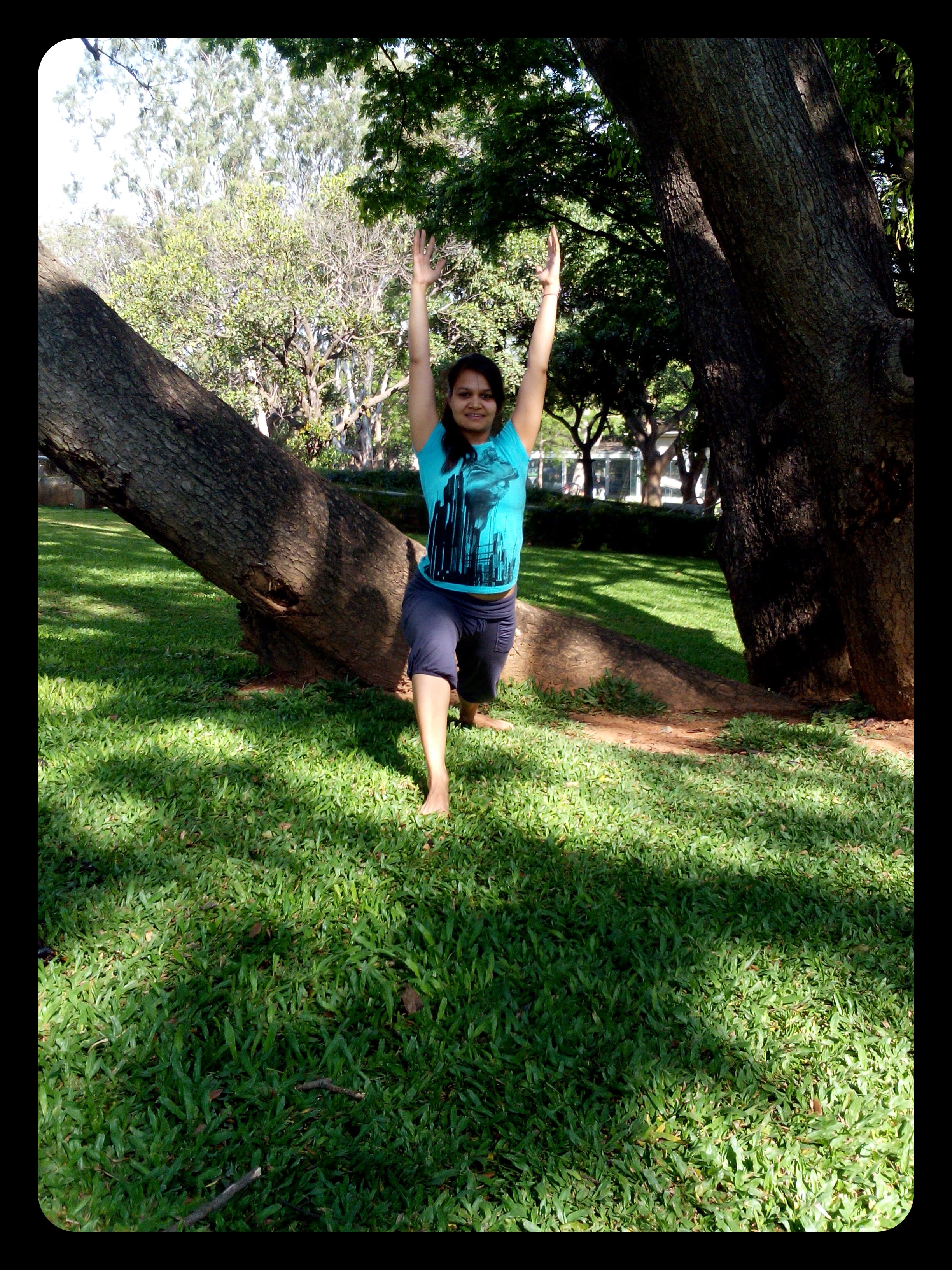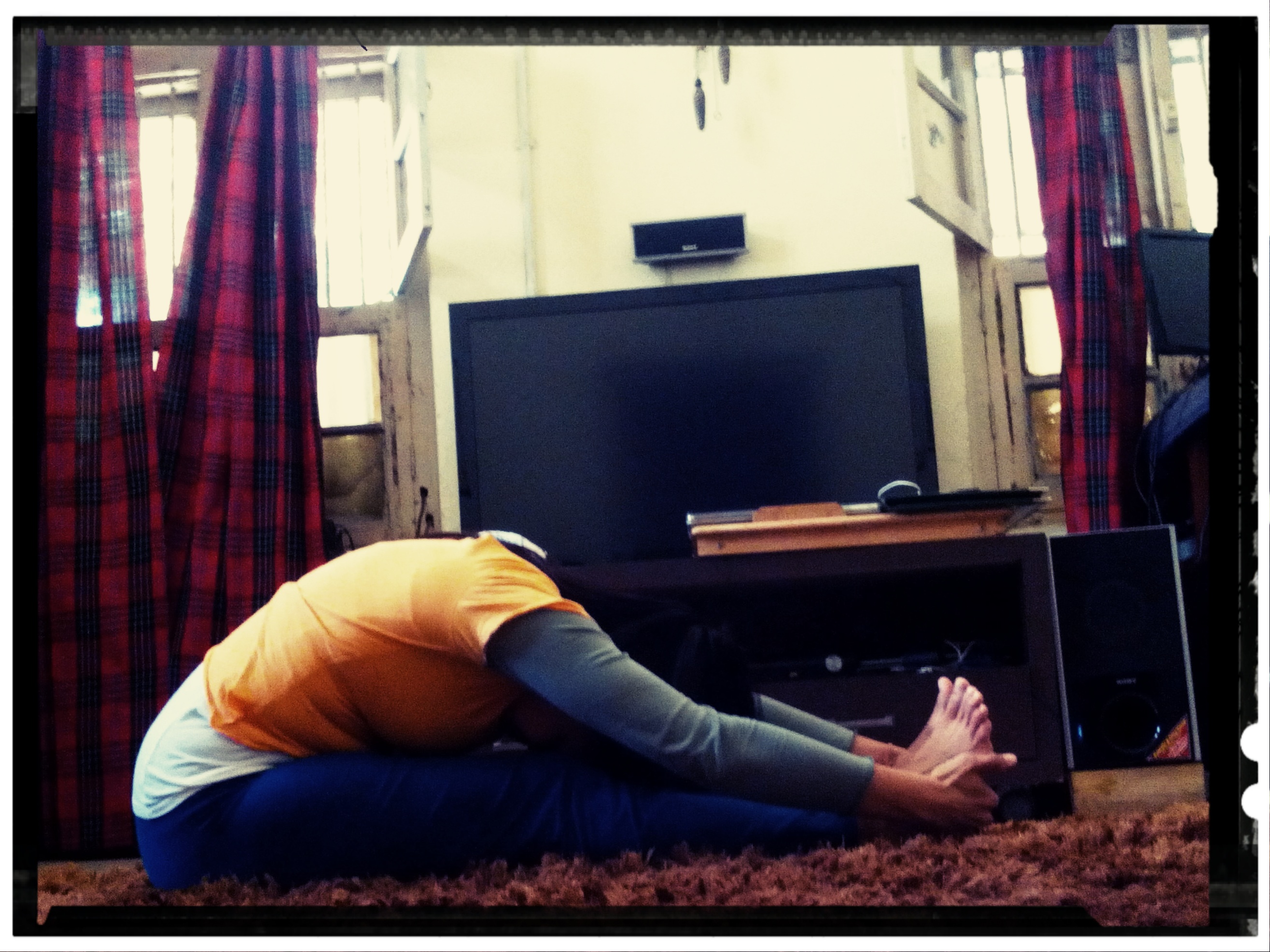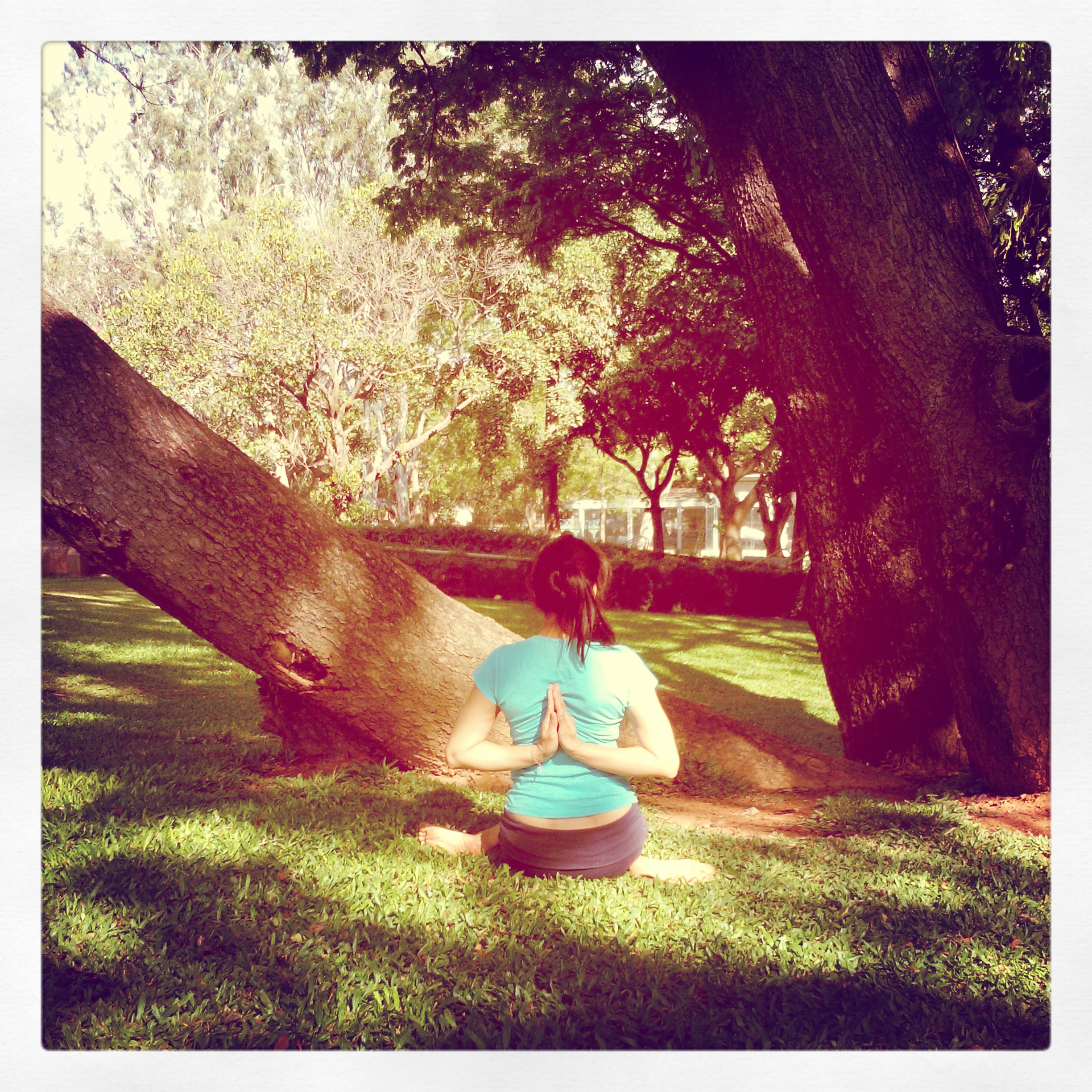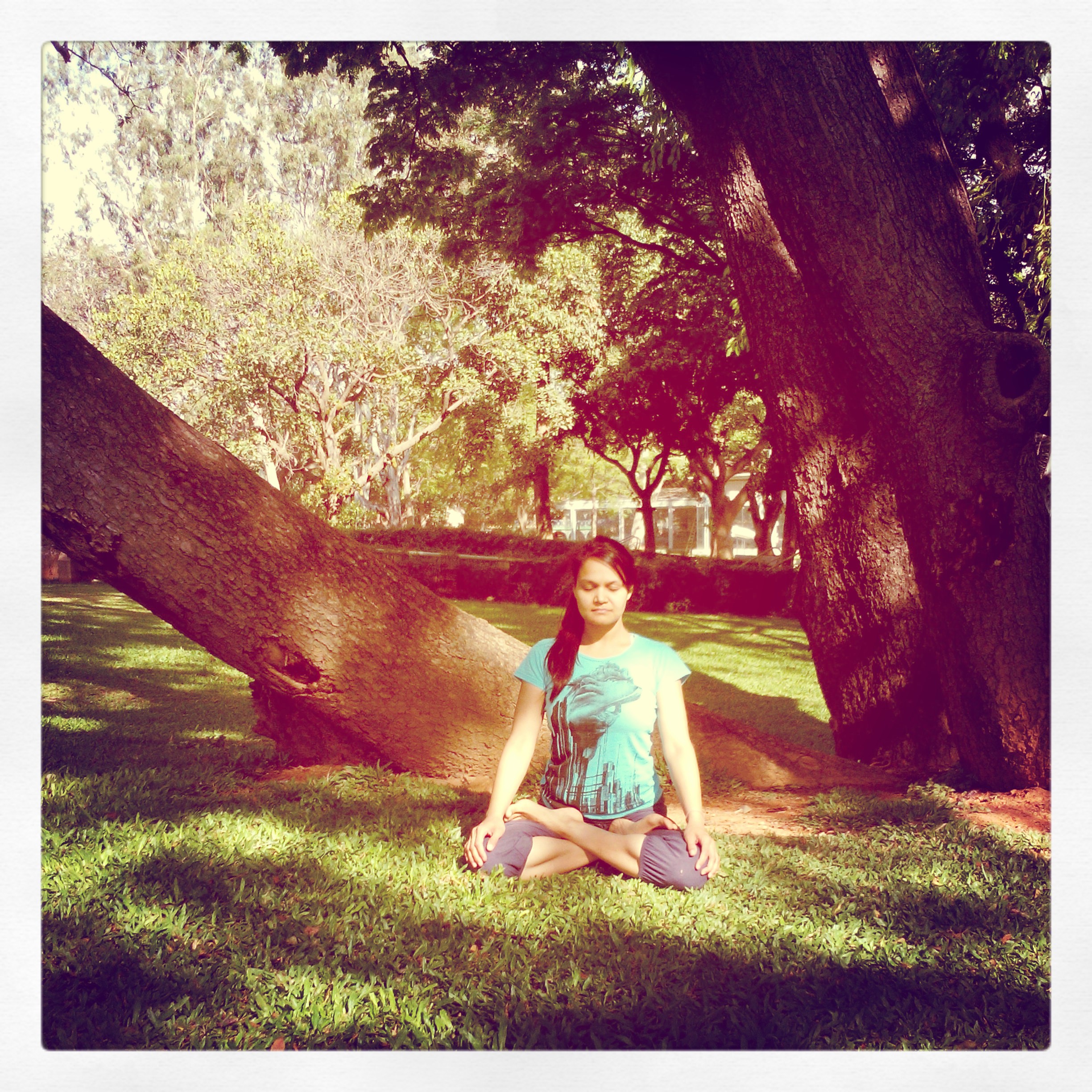This morning I woke up to the sound of my alarm. And in a dream like state I switched it off and went back to sleep. Warning bells had gone off in my head already. I needed to get up and get a workout in before I head out to lead my classes, was the main thing in my head. I woke up ten minutes later, very groggy and very confused. Had my alarm gone off? Was I late for class? Did I have an hour for my own workout? Usually all these thoughts have me leaping out of bed ready to take on the new day (I’m not joking, I actually leap out of bed). But today I found that I couldn’t lift a finger.
For a lot of people this is a regular feature of their lives. It’s almost as though they are on cruise control. They go through the motions of life utterly exhausted. They transition between home-work-children-spouse with no sensation. Because there’s no sensation, they don’t even realize they are just existing instead of living.
We need to learn that if we don’t truly understand that rest and exercise are two sides of the same coin, then our fitness is incomplete. We may buy the best organic produce, we may run on state-of-the-art treadmills in the most expensive healthclubs, but all of it will find you on your bed one morning, depleted of strength, motivation and the will to get a move on.
So what did I do? I went to class and discovered that this set of yoga moves can help you get going during the most lethargic days (link below).
Then I came home – took a cool shower, and despite having a lot on my plate, I forced myself to lay on my bed and close my eyes. I put my phone on mute (I didn’t want to switch off from the world, just wanted it to excuse me for a bit), told myself that I would order lunch in and worry about dinner later. I would write extra over the weekend, and would lay in my bed until my body told me it wanted to start moving again. And two and a half hours later, I was up. I leaped out of bed (hehehe, finally) and got onto my chores. I still ordered lunch in, but besides my writing I got around to retrieving my weights from the store room, and do housekeeping tasks that I had been putting off for many days. When I sat down to write, my fingers flew over the keyboard and my brain was alert.
Real life can’t run on a schedule 24×7. There might be late night meetings, there may be a child that stays up with a cold, or your friends may just make last minute plans to meet for dinner. We don’t all have the luxury to sleep in to make up for the sleep deficit (today I was lucky that I had no other classes scheduled). So the best thing to do for your body is to be kind to it, by conserving its energy. Take it easy. Do only those tasks that are absolutely necessary. Put off what doesn’t need to be done today, for when you have more energy. Understand that today it isn’t a workout that your body needs to maintain a healthy balance, its a break from your workout that it needs.
I can go on and on and on about how yoga helps you become more accepting of your body’s needs and how it helps you maintain balance. But here’s a video for a gentle flow for those days when you don’t want to lift a finger, but need to get moving to tackle your day. It gave me much needed energy to lead my morning yoga class, so I know this works. In fact, use this routine to wind down after a long day and stretch the hectic day out of your system: https://www.youtube.com/watch?v=TgQT5tFbRbc&feature=youtu.be




